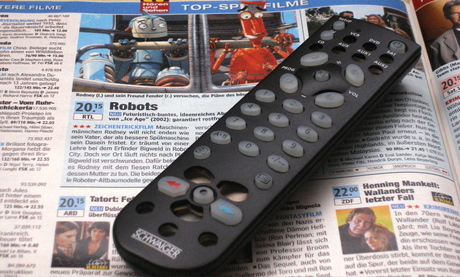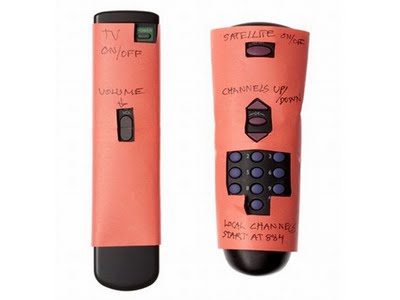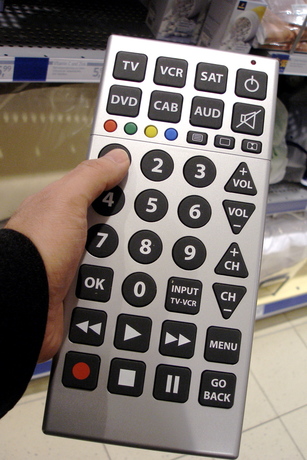
Bürgerschaftspräsidentin Carola Veit und Senatskoordinatorin Ingrid Körner hissen Inklusionsfahne am Rathaus /via
Jüngst wurde auf dem Hamburger Rathaus eine Fahne für die Initiative Zeit für Inklusion gehisst. Das ist natürlich ein gutes Omen für den World Usability Day am 9.11. in Hamburg, der in diesem Jahr unter dem Motto Inklusion durch User Experience steht.
Soweit ist das sicherlich ein angenehmer Zufall; man sollte aber nicht zu schnell glauben, dass man das Motto des WUD verstanden hätte. Nach ein paar Irrungen und Wirrungen steht nun auf der Seite der germanupa (e.V.):
Gut konzipierte Systeme und Dienste bieten ein positives Nutzungserlebnis für alle Arten von Menschen, unabhängig von ihrem Hintergrund, ihrer Ausbildung oder ihrer aktuellen Situation. Jeder hat unterschiedliche Stärken und Schwächen, die ihn nicht von der Teilnahme am beruflichen oder sozialen Leben über die Kommunikationstechnik ausschließen sollten. Werkzeuge und Technologien, die Gemeinsamkeiten betonen, um das Potenzial aller Menschen zu erschließen, schaffen Bedingungen, die Menschen dazu bringen, ihr bestes Selbst zu sein. Das Entwerfen von nützlichen Werkzeugen zur Unterstützung von Menschen wird bei allem, was wir tun, zu besseren Ergebnissen führen.
(Dank an Holger Fischer, der meinen Text für den WUD in USA aus dem Englischen übersetzt hat.)
Ich begreife Inclusion (mit c im Gegensatz zum deutschen Begriff, der eher den Schulsektor betrifft) als Grundwert für jeden erfolgreichen Interaktionsdesigner. Mit Empathie nehmen wir die technische und soziale Welt mit den Augen des Nutzers wahr, um für ihn Lösungen zu konzipieren. Je spezieller die Personas charakterisiert sind und je genauer die Nutzungsszenarien vorgegeben sind, um so besser kann auch die Usability eines Produkts oder Services gestaltet werden. Allerdings besteht dabei die Gefahr, dass man Einsatzgebiete und Personen abseits der Hauptkontexte ausschließt, da für diese Situationen das Tool nicht mehr einsetzbar ist. Das ist Exklusion durch UX Design. Betrachtet man die Szenarien und Personas etwas weniger starr, dann können auch Spezialanwendungen noch sinnvoll in anderen Situationen und von anderen Anwendern eingesetzt werden. Bedenkt man variierende Parameter, dann hilft das nicht nur den direkten Kunden, sondern die Lösung wird flexibler, langlebiger und erfolgreicher.
Accessibility (A11y), Internationalization (I18n) und Responsive Desgn sind Produkteigenschaften, für die Guidelines und gesetzliche Regelungen existieren (e.g. 508 in USA). Inclusion (mit c) sehe ich als Erweiterung dieser Ideen.


 (also
(also 